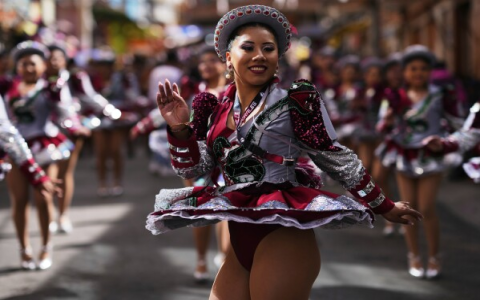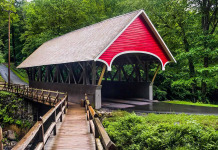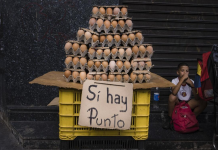Okay so yesterday I was just sitting there scrolling through travel feeds, you know how it is, and this video about Bolivian fiestas popped up. Colorful costumes, wild dancing, people setting off dynamite? Yeah, dynamite. My morning coffee practically went cold while I stared. I figured, hey, my readers dig unique traditions, let’s dive into this Bolivian holiday thing properly.
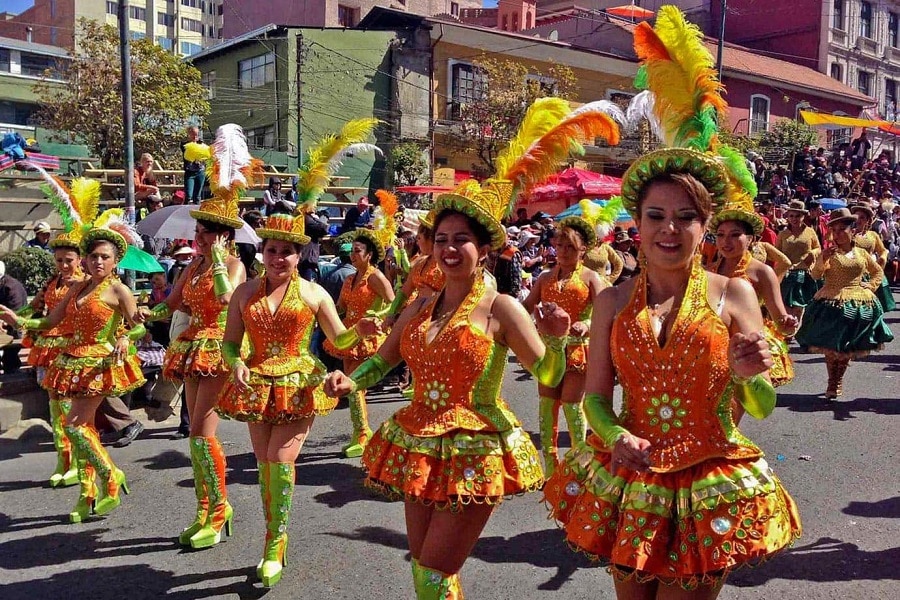
Starting Simple (It Wasn’t)
Grabbed my laptop and opened a blank doc, bold title: Bolivian Holidays Explained: Weird & Wonderful Stuff! Felt good. Ready to research. Typed in “major Bolivian holidays” and bam – Alasitas. This miniature market thing? People buy tiny houses, mini money, little cars… apparently praying for the real deal. Sounds bonkers and awesome. Made a note: Focus on the quirky ones, not just the usual suspects like Christmas.
Digging Deeper Down Rabbit Holes
Started scribbling notes like mad. Found Carnaval de Oruro – this epic, UNESCO-listed parade with thousands dancing in crazy devil costumes. Spent ages on the “Diablada” – the Dance of the Devils. What caught me? The story behind it: miners thanking the spirit of the mountains (“El Tio”) underground, and the Virgin (“Virgen del Socavón”) above. Fascinating mix of ancient beliefs and Catholic stuff. Tried finding decent public domain footage for reference – tough going. Settled for describing the vibrant costumes instead.
Then stumbled onto Tinku. My notes literally said: “Wait, ritual fighting?!” In some remote villages, communities apparently hold ceremonial fights during certain festivals. Settles disputes? Honors Pachamama (Mother Earth)? Notes were getting messy. Definitely needed to highlight the intensity but emphasize it’s ritualistic, not random violence. Almost spilled my tea when I read about San Juan Festival – huge bonfires everywhere celebrating winter solstice? But Bolivian winter is June! Head was spinning a bit. Needed coffee number three.
Hitting Walls & Weird Details
Kept trying to pin down the dynamite thing. New Year’s Eve (Año Nuevo) involved it? Okay. But then references mentioned it during other fiestas too, like honoring local saints. Sounded chaotic and potentially dangerous! Found conflicting info on why exactly besides just “making noise.” Made a note: Mention the noise/fire aspect, probably cultural leftover needing caution. Also found myself googling things like “what do llama fetuses symbolize?” because apparently they’re used as offerings in Alasitas markets. Yep. Didn’t see that one coming.
Pulling It All Together
My notes were a chaotic pile. Time to organize. Decided the main traditions to explain were:
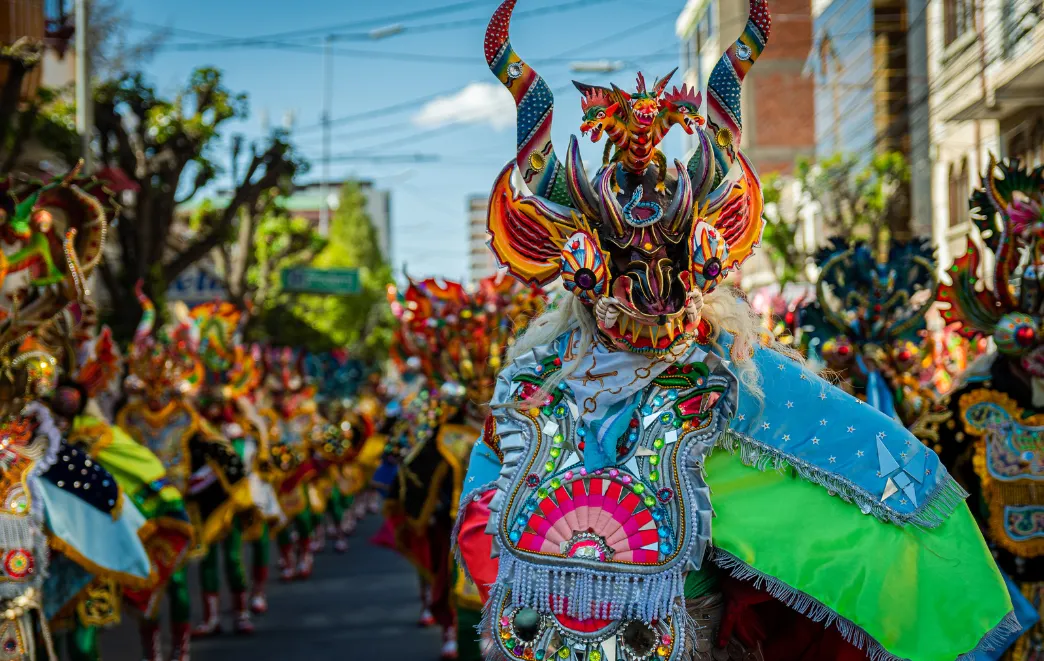
- Carnaval de Oruro (The Massive Devil Party Parade)
- Alasitas (Miniature Dreams & Llama Fetuses)
- Tinku (Ritual Fighting – Not For Beginners!)
- San Juan (Winter Solstice Bonfires in June)
- Año Nuevo / Local Fiestas (Dynamite Nights)
For each, focused on:
- The What: Simple, eye-catching description.
- The Why: Mix of Catholic faith and deep Andean traditions.
- The Wow Factor: The utterly unique bit that makes it stand out.
Writing it out flowed better than expected. Describing the sight of thousands dancing as devils, or the sheer strangeness of a street full of people selling tiny items and llama parts… it was fun trying to capture that energy. Finished with a quick summary emphasizing how Bolivian holidays show a powerful mix of the old indigenous world colliding and blending with the Spanish colonial influence in really vivid, noisy, unforgettable ways.
Finishing Up (Tired But Satisfied)
Finally hit publish late last night. Glanced over it one more time – caught a typo, thankfully (“llma” instead of “llama” – whew!). Preview looked good: the bold tags made key points pop, the bullet points broke up the wall of text nicely. Hope it gives people a taste of that wild, unique Bolivian flavor. Still a bit amazed they casually set off dynamite, honestly. Research drained my battery – both my laptop’s and mine. Time to finally drink that cold coffee I forgot earlier.

